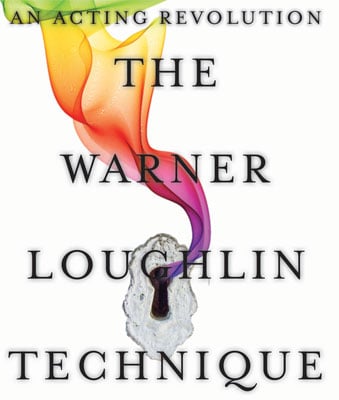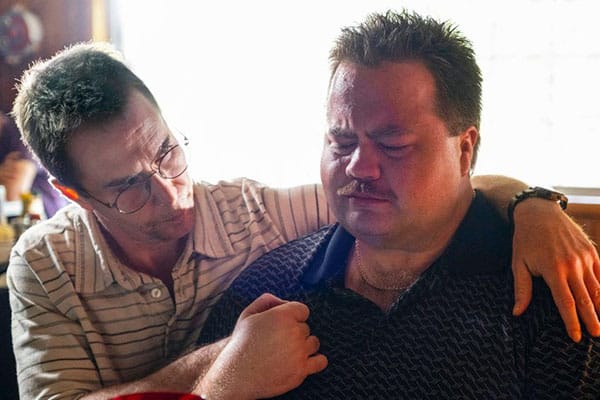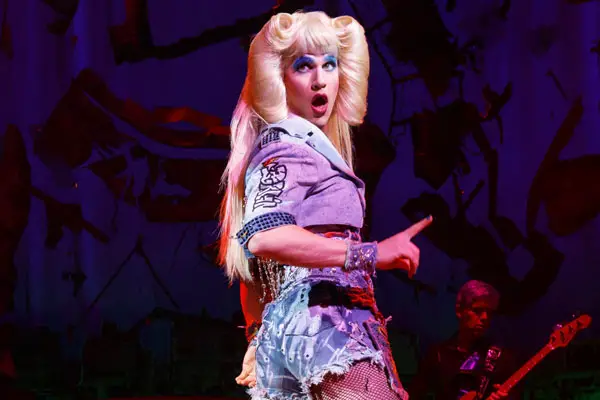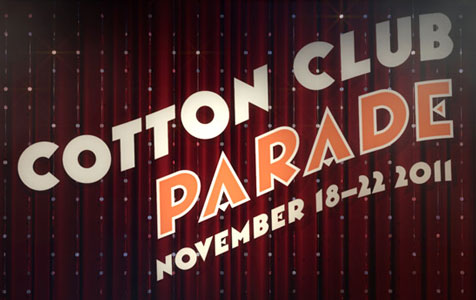
When I first started taking acting classes in college and my first couple of years in Los Angeles, every acting teacher would tell their students that they needed to draw from personal experiences. I took that to heart because they knew more then me. I mean, they were the teachers. And most of the time it worked fine until I was asked to do some dramatic scene. I didn’t want to go and mine anything painful from my past, because… well, why? Why would I want to go back and relive a pet dying or a break up with a girlfriend? It was the last thing I wanted to do.
It also seemed that the teachers were oddly happy when they finally got a student to break down and reveal some of their inner demons. I’d be in class just feeling so bad for that actor and so skeevy that I just witnessed such a personal moment.
To me, it just wasn’t what acting was about. Acting was, to me, about the joy of discovering another human being and living through them.
Acting coach Warner Loughlin gets that feeling and she’s written a wonderful new book called, The Warner Loughlin Technique: An Acting Revolution, that debunks the nonsense of tortured actor.
She says the method acting, the technique made famous in the 50s with Marlon Brando and James Dean, isn’t what actors should be taught. Actors shouldn’t use their own personal experiences. To prove her point, she gives us several examples but the best is where she was once on-set and she used a past experience for a particularity emotional scene. Each take, that memory got diluted and and it became ineffective and she realized that she wasn’t living as the character, she was living as herself through that character.
From there she created her technique that’s helped everyone from Ryan Reynolds and Amy Adams to Emily Deschanel, Kyra Sedgwick and more.
She starts off with a relationship scene about two people from a small town and from there she breaks it down step-by-step (from The Givens, Core Knowledge, Emotion with Detail and Flashes – some of the names for each step), to where, by the end, you’ve created a full character with a backstory and life.
This information gives you blueprint for a full nuanced character that will make you stand out in the audition room and, more importantly, once you’re on set.
And if you don’t believe me take it from Ryan Reynolds, who writes, “I’ve been working with Warner Loughlin for years. Not only has she helped me become a better actor, but she’s also helped me truly enjoy this work in ways I never imagined.” And Amy Adams writes that she was able to find her “voice” through the technique.
Loughlin’s style of writing is very breezy, almost like she’s talking right to you, which makes her technique very easy to understand.
She even knows that after reading the book, you going to ask, “How can I put this into use for auditions?” She’s got a chapter on that as well and she breaks that down as well.
After reading the book, I guarantee you’ll hope for an audition so you can put her words to good use.




